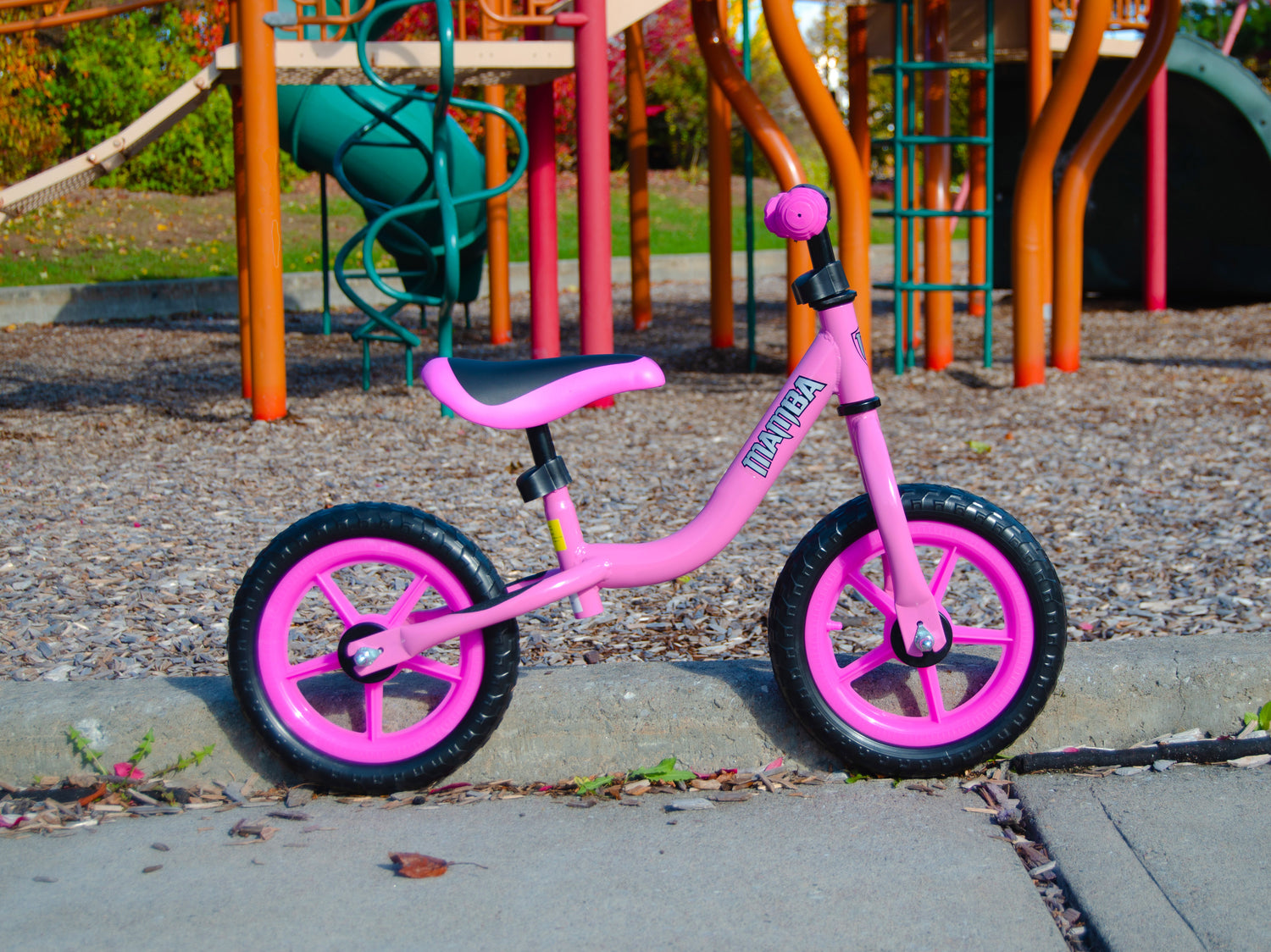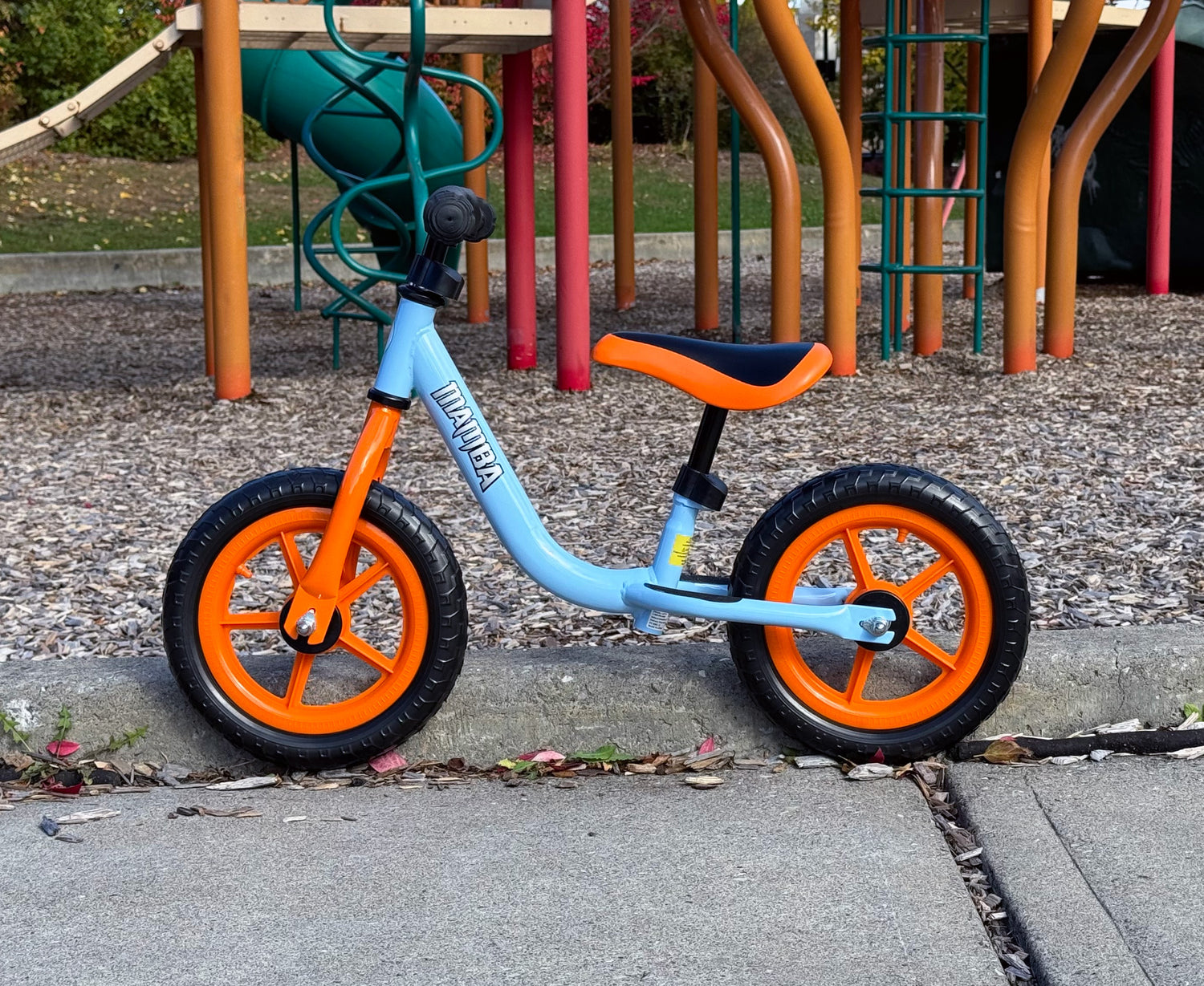The Ultimate Guide to Finding the Perfect Balance Bike for Your Toddler or Preschooler
Choosing the right balance bike for your little one can be a game-changer in their journey to becoming confident cyclists. These pedal-less bikes are designed to teach children balance and coordination, making the transition to a pedal bike seamless. With different options available, finding the perfect balance bike may seem daunting. Fear not! This guide is here to walk you through everything you need to know to make an informed decision.
-
Understanding Balance Bikes:
-
What is a balance bike?
A balance bike is a pedal-less bicycle designed to help children develop balance and coordination skills, making it easier for them to transition to a traditional pedal bike. -
How do balance bikes work?
Balance bikes work by allowing children to push themselves along with their feet, gradually learning to balance while gliding, which helps them develop the necessary skills for riding a traditional pedal bike without the need for training wheels. -
Benefits of using a balance bike over training wheels.
Balance bikes offer a more intuitive and effective method for children to learn balance and coordination, leading to a smoother transition to pedal bikes compared to the reliance on training wheels, which can inhibit natural balance development.
-
Age suitability: Is your child ready for a balance bike?
You'll know your child is ready for a balance bike when they can comfortably walk or run, have good coordination, and show an interest in exploring outdoor activities. It is between 2 to 5 years old.
-
What is a balance bike?
-
Factors to Consider When Choosing a Balance Bike:
- Size and Adjustability: Ensuring the bike is the right size for your child and has adjustable features to accommodate their growth. MambaBikes are from 12 to 15.25 inch that makes it adjustable.
- Weight: Opting for a lightweight bike that your child can easily maneuver. Bikes with foam wheels are lighter and easier to manoeuvre versus rubber wheels which are much heavier for a child.
- Frame Material: Comparing options such as wood, steel, or aluminium for durability and weight. Steel bike is more affordable, durable and light.
- Tires: Understanding the differences between foam, air, and pneumatic tires in terms of traction and maintenance. Foam wheels are lighter, won't mark the floor and are comfortable for a child to ride.
- Handlebars and Grips: Considering comfort and grip for tiny hands. The grip is important and also a padded handlebar cover to protect the child.
- Footrest: Assessing the presence and functionality of a footrest for coasting.
- Brakes: Deciding whether your child needs hand brakes or if they can rely on their feet to stop. Using the feet to stop remains the easiest and fastest option for a child.
-
Safety Considerations:
- Helmet: The importance of wearing a properly fitted helmet.
- Supervision: The role of parental supervision and guidance during riding sessions.
- Protective Gear: Optional but recommended gear such as knee and elbow pads.
-
Budgeting:
- Setting a budget and exploring options within that range.
- Considering the long-term value of a quality balance bike.
Investing in the perfect balance bike for your toddler or preschooler is an exciting step towards their cycling journey. By understanding the key factors to consider, prioritizing safety, and conducting thorough research, you can confidently choose a balance bike that will provide endless hours of fun and skill development for your little one. Happy riding!


